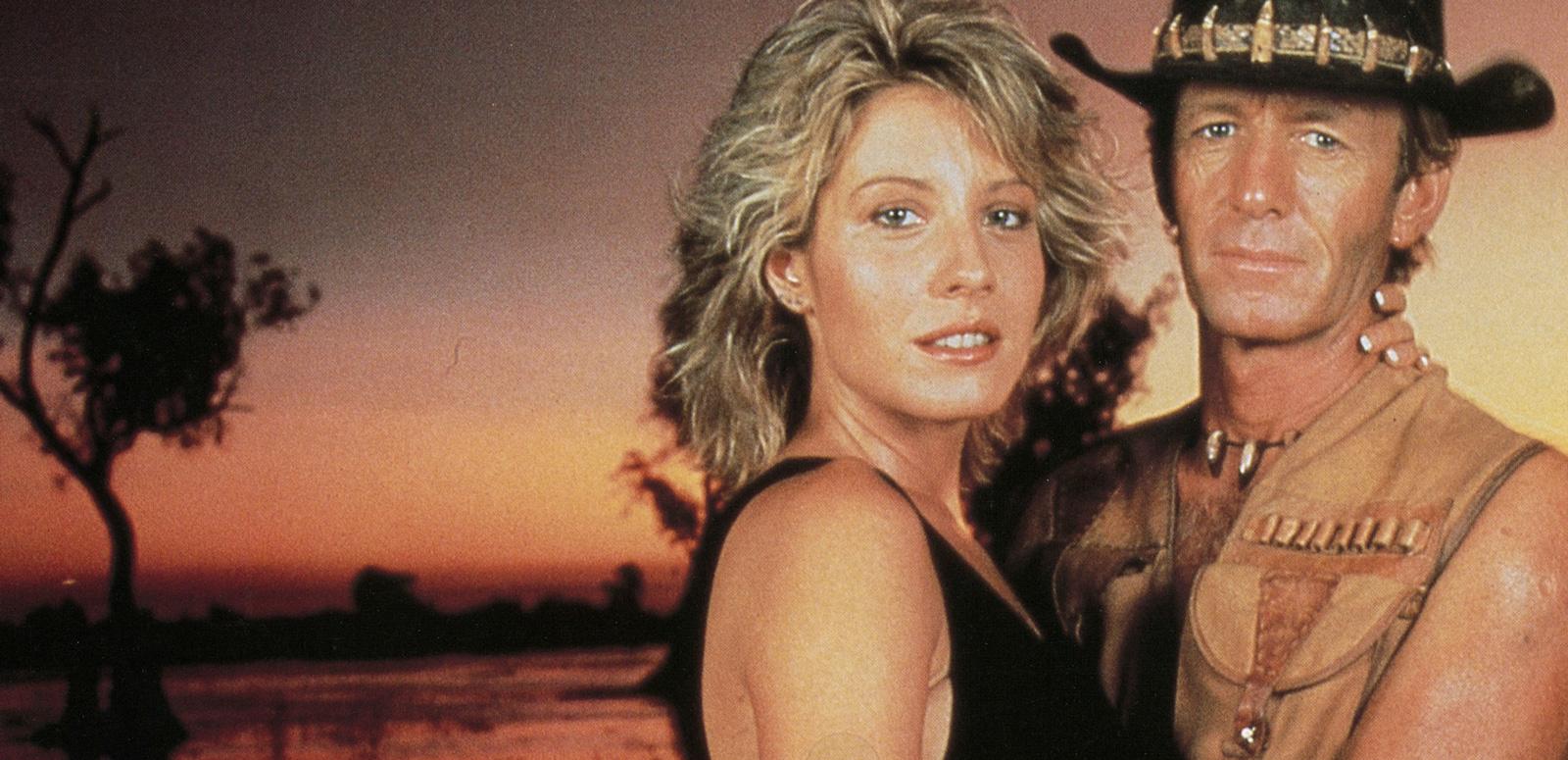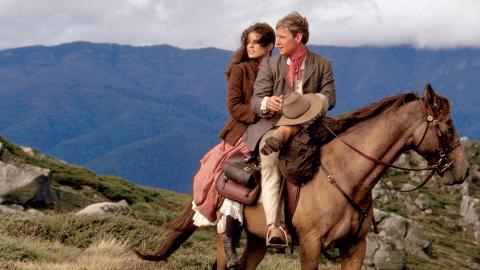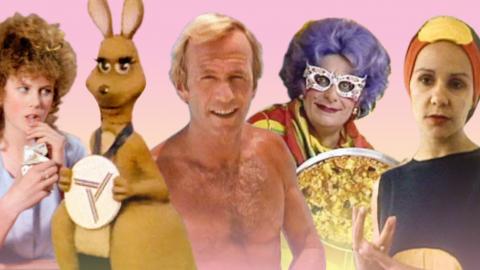Australia’s top-grossing film of all time, Crocodile Dundee (1986), is back in the spotlight. Like Mick Dundee, its affable hero, it’s ‘about 40’ years old, but with the release of a remastered Encore Cut and a making-of documentary, it’s set to spark new conversations about Australian identity, masculinity, race and our cultural relationship with the US.




